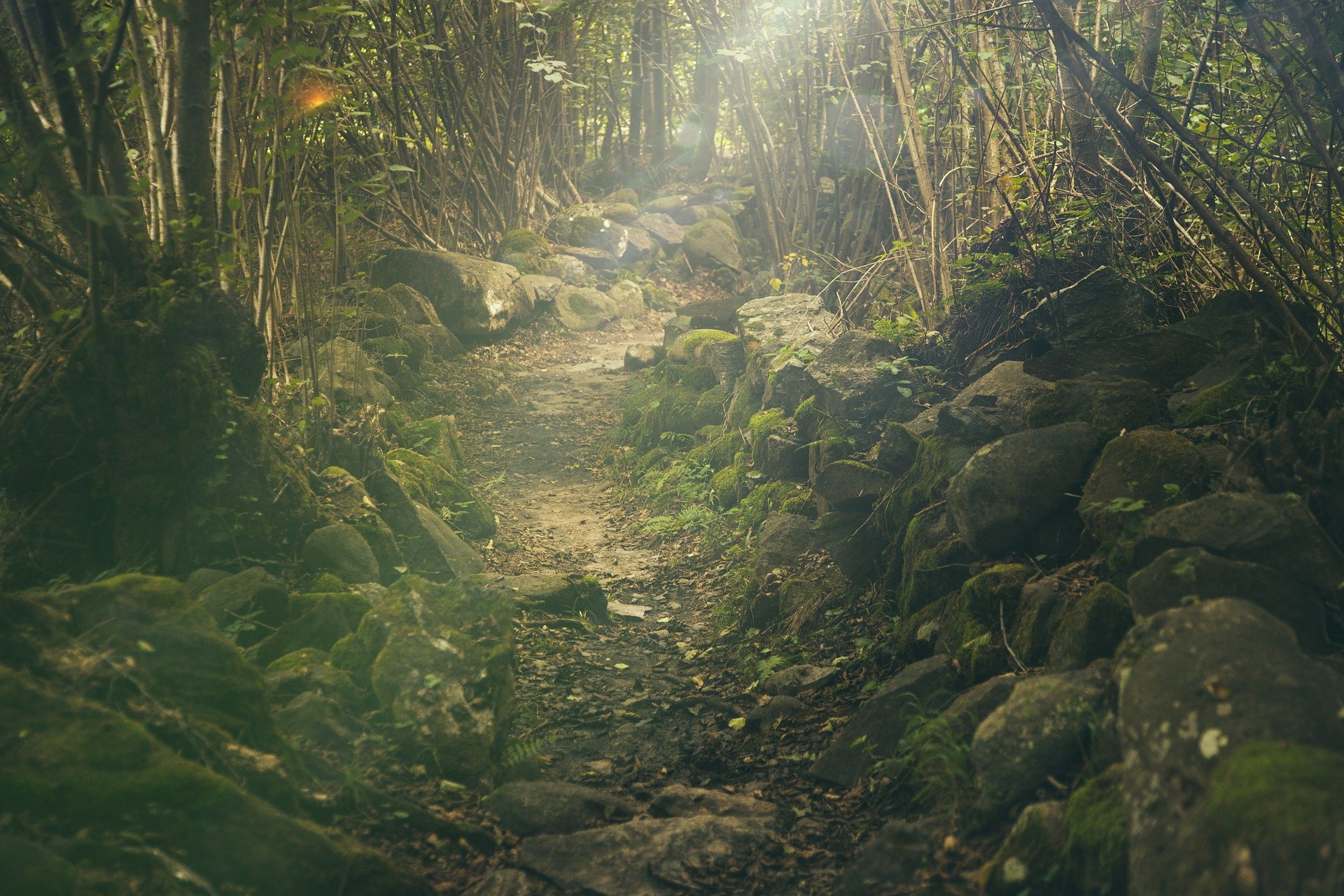The Lafayette Reservoir is an open, human-made water storage terminal reservoir owned and operated by the East Bay Municipal Utility District (EBMUD). The system was completed in 1933 and was planned primarily for EBMUD customers as a standby source of water. The public leisure reservoir was opened in 1966 by the EBMUD. It is located in Contra Costa County , California , United States, off California State Route 24 and a mile from Lafayette BART station. This year-round, day-use area is ideal for hiking, jogging, fishing, boating and picnicking. The reservoir is at the border of Lafayette and Orinda. .The reservoir is located at a site of 925 acres (3.74 km2) and holds 1.4 billion US gallons (5,300,000 m3).
In 1928, Lafayette Reservoir started to be constructed as an earth-filled dam structure. The fill was quickly installed. It was evidently too fast for the clay base as the foundation started to drop downward as the concrete tab was being poured out. The dam reportedly settled between September 17 and 21, displacing the foundation 200 yards (180 m) from the toe of the dam by 26 feet (7.9 m).
The scheme had to rapidly be revised by EBMUD engineers, first by reducing the capacities of the reservoir to one-third. Then the building was postponed by three years, to see whether further settlement will take place. Apparently the design change was satisfactory and the dam was finished in 1933.
As the dam was rebuilt, there was an observation tower built on the southwestern corner of the lake. As a result, the tower seems too tall for its intended use. Also the flexible metal bolts on its side are open to the rim. The small observatory stand is therefore almost always empty, with the ancient doors turning green from oxidation.
In 1935, 5,000 Monterey pine seedlings were planting at the San Pablo Reservoir, many of them intended for soil stabilisation on slopes around Lafayette and other EBMUD reservoirs, under the federal new deal, the Soil Conservation Service (SCS). By 1940, across all EBMUD reservoirs, the system had planted about 57, 000 trees. After 80 years, Monterey pines are close to the end of their life cycle, and some are removed under a thinning program.
Fishing at the reservoir is subject to a daily charge, with applicable state license and bait restrictions. Thousands of trout are planted annually in the State Department of Fish and Game combining bluegill, black bass bass, black crappy and various kinds of catfish. At the reservoir, private owned rowboats, canoes, kayaks and sailboats are permitted. A boat registration fee is required. In addition, there are hourly, half-day or whole-day rowboats and pedal boats for rent in the centre.
The recreation area is also available to bicyclists (and others who prefer roller skates, roller blades and scooters) on the paved Lakeside Trail (2.7 miles) and roads but no skateboards. The reservoir is surrounded by 35 picnic areas for families and community groups. Most of the picnic areas are near the dam; other areas are spread around the reservoir. Sites may be reserved in person at the Lafayette Visitor Center. Outdoor fires and barbecues are not permitted outside developed areas. The main lot is subject to an entry fee as well as short-term (metre) parking. There are also annual passes. During daytime, the area is open all year round. Times to open and close are posted at the gate.

This well-known attraction is located near the following must-see sites in Lafayette, California:
- Briones Regional Park
- Reinhardt Redwood Regional Park
- Sibley Volcanic Regional Preserve
- Chabot Space & Science Center
- Grizzly Peak
- Tilden Regional Park
- Joaquin Miller Park
- Lafayette Community Park
All of these wonderful offices are located just a short distance from our location on Boulevard Circle in historic Walnut Creek, California.
